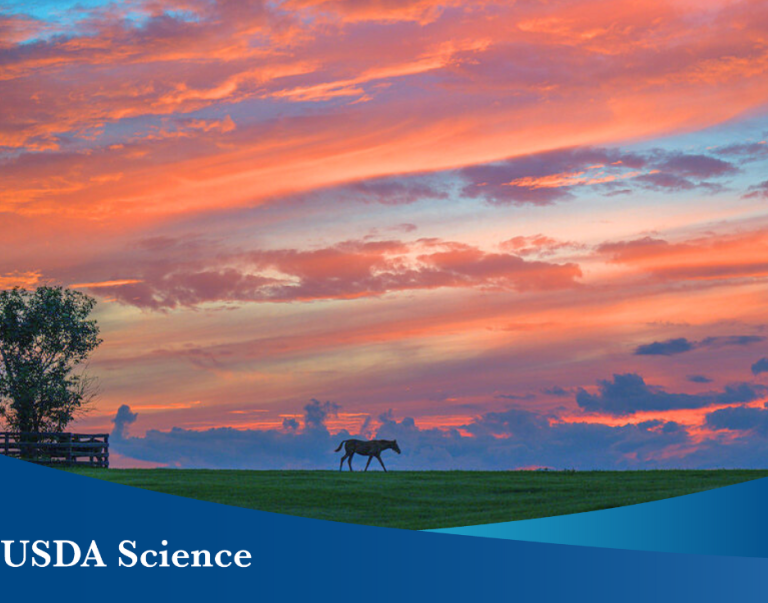
According to the U.S. Census Bureau’s Profile America Facts, the first American Indian Day was celebrated back in May 1916. Red Fox James, a Blackfeet Indian, rode horseback from state to state, gathering endorsements from 24 state governments to have a day to honor American Indians. In 1990, then President George H.W. Bush signed a joint congressional resolution designating November as National American Indian Heritage Month, and this year President Obama continued the tradition.
American Indians are often considered the country’s original agriculturalists and ecologists. Their methods for living in harmony with the environment and preserving the land, water, and wildlife around them made them conservationists long before most of us were thinking green and eco-friendly.
Many of the crops we depend on today originated with Native Americans and their farming methods were taught to European settlers. Crops like potatoes and corn were a core part of their agriculture long before they were a part of ours, and are now a fundamental part of the global food supply. They also grew peanuts, pumpkins, tomatoes, squash, nuts, melons and sunflower seeds and introduced these crops to early settlers.
Recently, the USDA announced grants supporting over 850 projects around the country and in four U. S. territories. The grants, funded by USDA’s Agricultural Marketing Service (AMS) through the Farmers Market Promotion Program (FMPP) and Specialty Crop Block Grant Programs (SCBGP), will strengthen the market for specialty crops like fruits, vegetables, tree nuts, dried fruits, horticulture, nursery crops and farmers markets.
Among these awards are projects that aim to support and encourage Native American farmers, building on their rich agricultural history and ensuring its future.
The Tohono O’odham Community Action (TOCA), in Sells, Ariz., is working to create a healthy, sustainable and culturally-vital community for the Tohono O’odham Nation’s 28,000 members. This year, TOCA received an FMPP grant to help foster the production of food traditionally farmed by the Tohono O’odham Nation. As part of the grant the group will start a farm equipment and tool lending program, and organize and implement a series of “fresh sales” where growers and wild harvesters will be able to sell their products directly to the public. Nearly 50 percent of the tribe’s households live at the federally-defined poverty level. More than half of the tribe’s adults have been diagnosed with diabetes and that statistic is expected to exceed 75 percent for O’odham children born after 2002.
By reintroducing traditional food production to the community, stimulating improved community health, revitalizing a heritage of health, and fostering economic opportunity, TOCA will establish positive models that demonstrate how health and wellness can enrich the local economy.
Through the USDA’s SCBGP, the South Dakota Department of Agriculture is partnering with the Lakota Ranch Beginning Farmer/Rancher Program to provide educational opportunities on gardening through hands-on workshops, a market for producers to sell their harvest and the opportunity for residents to purchase locally grown vegetables. As part of this project, six gardens will be established. Project staff will host two gardening workshops and weekly hands-on instruction throughout the growing season. These educational workshops include information ranging from garden preparation through harvest and the preservation of produce.
The project staff also plans to facilitate two farmers markets for both sides of the Pine Ridge reservation where producers will be able to sell locally grown vegetables. About 50 people will be trained to successfully cultivate, harvest, and preserve locally grown vegetables, which will increase the availability, affordability, and convenience to the local area, including underserved populations.
Both of these projects will provide sustainable access to healthy food for not only the tribes involved, but the surrounding communities as well. They will also build knowledge and infrastructure for longer-term economic success. Supporting and preserving these beginning farmer initiatives and the many other FMPP and SCBGP projects is important to AMS and USDA, and is also a vital link between the past and future of agriculture.


